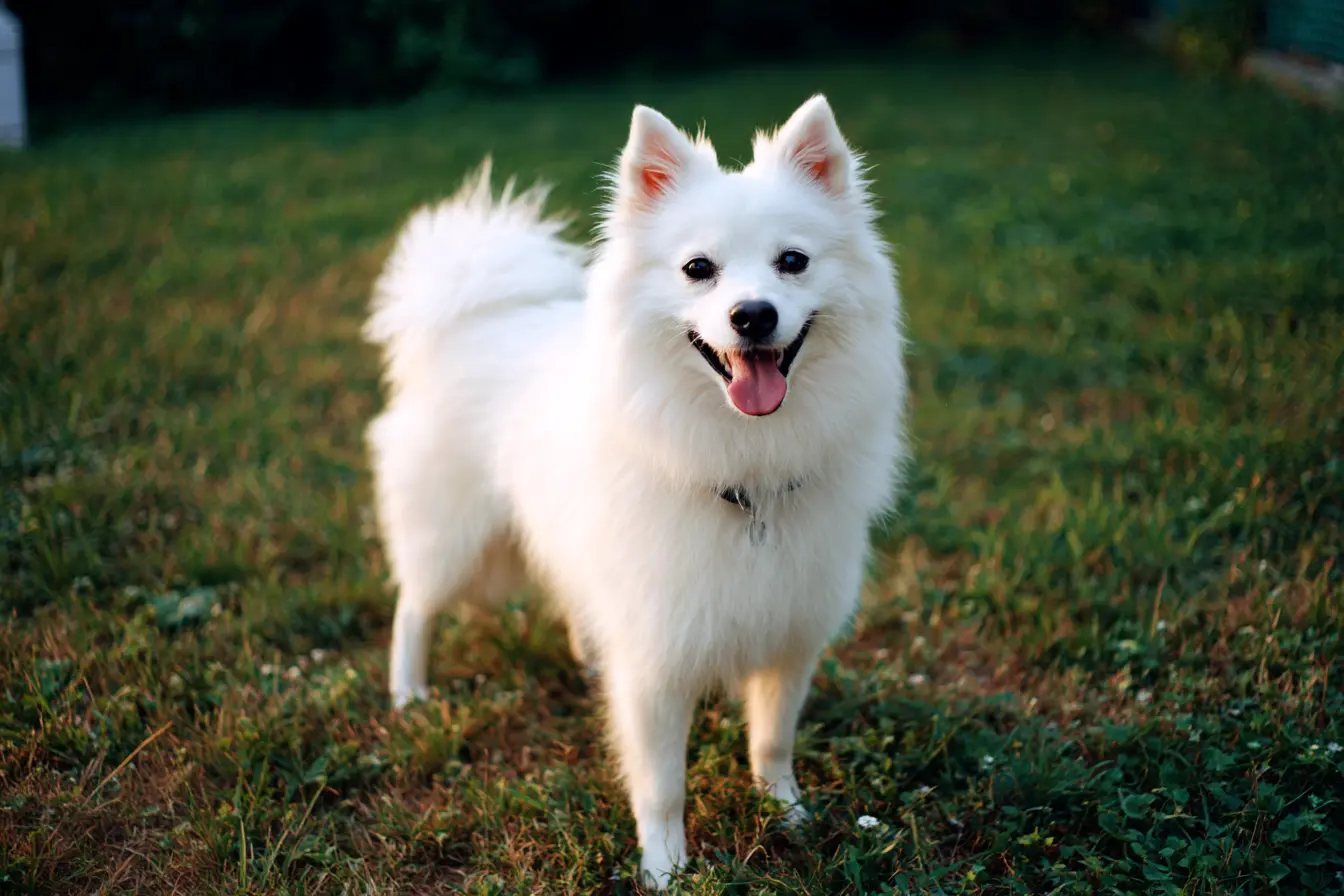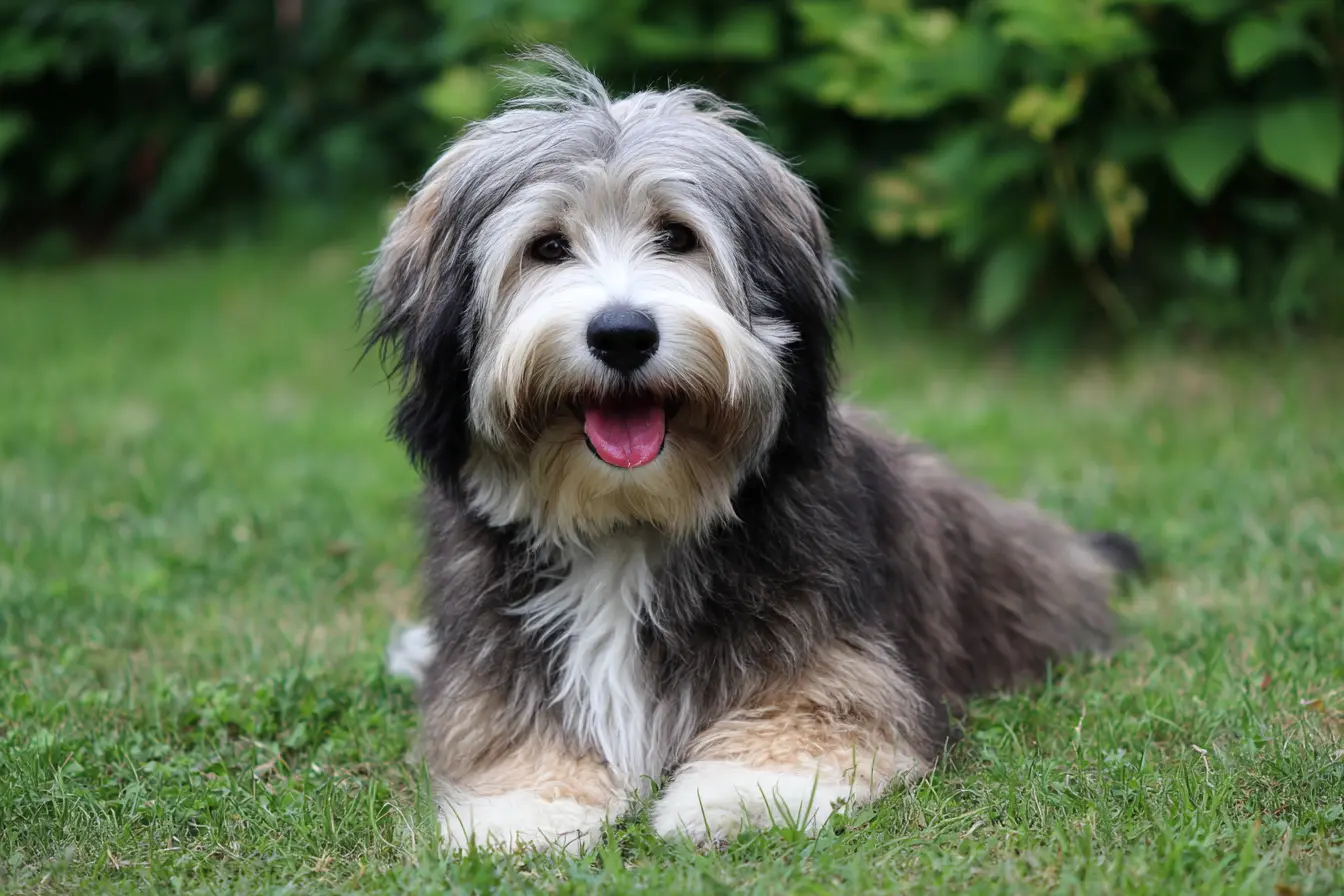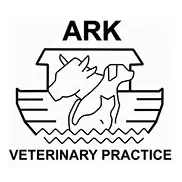
The Chesapeake Bay Retriever: The Rugged Water Dog
The Chesapeake Bay Retriever, affectionately known as the “Chessie,” is a breed renowned for its strength, endurance, and unwavering loyalty. Developed along the shores of the Chesapeake Bay in the United States during the 19th century, this hardy retriever was bred to retrieve waterfowl in the region’s icy waters and harsh conditions. With a courageous heart and an unyielding work ethic, the Chesapeake Bay Retriever remains a steadfast companion for hunters and active families alike. For those seeking a loyal, intelligent, and protective dog, the Chessie offers a unique blend of grit and affection.
Breed Overview
The Chesapeake Bay Retriever stands apart from other retriever breeds thanks to its distinctive coat, robust physique, and independent nature. Originally bred for endurance and stamina, the Chessie’s design is one of function and resilience.
Physical Characteristics
- Size: Chesapeake Bay Retrievers are powerful, medium-to-large dogs. Males typically stand between 23–26 inches at the shoulder, while females range from 21–24 inches. Their weight generally falls between 25 and 36 kg, depending on gender and build.
- Coat and Colour: One of the breed’s defining features is its dense, water-resistant double coat. The outer layer is slightly oily and wavy, while the undercoat is thick and woolly, providing insulation against cold water. All accepted colours offer a natural camouflage in marshy environments including shades of brown, sedge (reddish-brown), and deadgrass (a tan or straw hue).
- Lifespan: Chesapeake Bay Retrievers usually live between 10–13 years, with proper care and a healthy lifestyle contributing to their longevity.
Personality and Temperament
Chesapeake Bay Retrievers are known for their intelligence, courage, and devotion to their families. They form deep bonds with their owners and are often more protective than other retriever breeds, making them excellent watchdogs without being overly aggressive.
While affectionate with their families, Chessies can be reserved around strangers. They possess an independent streak and a strong sense of purpose, traits that reflect their working origins. Their loyalty and determination make them exceptional companions for those who appreciate a confident and steadfast dog.
Despite their serious demeanour, Chessies have a playful side and enjoy spending quality time with their families. However, they are best suited to experienced owners who understand how to balance firm, consistent training with kindness and patience.
Exercise and Training
As a high-energy working breed, the Chesapeake Bay Retriever requires substantial daily exercise and mental stimulation. Long walks, swimming sessions, retrieving games, and obedience training all help to satisfy their active minds and bodies. Without sufficient activity, they can become restless and develop undesirable behaviours such as chewing or excessive barking.
Training should begin early, with a focus on positive reinforcement. The Chessie’s intelligence means they learn quickly, but their independent nature requires a confident and consistent handler. They respond best to clear leadership and structured routines, excelling in obedience, fieldwork, and search-and-rescue training when properly guided.
Health and Care
Chesapeake Bay Retrievers are generally robust, but like many large breeds, they are prone to certain hereditary conditions. Common health concerns include hip dysplasia, elbow dysplasia, and progressive retinal atrophy (PRA). Regular veterinary checks and responsible breeding practices help to reduce these risks.
Their distinctive coat demands moderate care. Weekly brushing helps remove dead hair and maintain the coat’s natural oils. Bathing should be done sparingly, as over-washing can strip the coat of its protective oils. After swimming or muddy outings, it’s important to rinse and dry the coat thoroughly. Routine attention to ears, teeth, and nails will ensure your Chessie remains healthy and comfortable.
Living with a Chesapeake Bay Retriever
Chesapeake Bay Retrievers thrive in active homes where they are treated as part of the family. They do not adapt well to being left alone for long periods, as they bond closely with their owners and can become anxious if isolated.
They are best suited to rural or suburban homes with access to water or open spaces where they can exercise freely. While they can adapt to family life, prospective owners should understand their need for purpose and activity. A Chessie that has a job, whether it’s retrieving, agility work, or outdoor adventures, is a happy Chessie.
Their protective instincts and strong-willed nature mean they are not always the best fit for novice owners, but for experienced handlers, they are deeply rewarding companions who will go to great lengths for their loved ones.
Is the Chesapeake Bay Retriever Right for You?
If you are looking for a loyal, intelligent, and hardworking dog with a touch of independence, the Chesapeake Bay Retriever may be the perfect match. They thrive in active, outdoorsy households and enjoy being part of daily family life. However, they require time, commitment, and consistent training to bring out their best qualities.
First-time dog owners may find the Chessie’s determination challenging, but for those who appreciate their strong character and unwavering devotion, this breed offers one of the most loyal partnerships in the dog world.
Conclusion
The Chesapeake Bay Retriever is a testament to resilience, intelligence, and loyalty. Bred to face the toughest of conditions, this breed combines a powerful work ethic with deep affection for its family. Whether retrieving game from icy waters or joining you on long countryside walks, a Chessie will meet every challenge with enthusiasm and heart. For those who can match their energy and commitment, the Chesapeake Bay Retriever is not just a companion, they are a lifelong guardian and friend.
Contents
Tags
Related Vets
Vets near you
Speciality vets
- Aquatics vet specialists
- Birds vet specialists
- Camelids vet specialists
- Cats vet specialists
- Cattle vet specialists
- Deer vet specialists
- Dogs vet specialists
- Equines vet specialists
- Exotic vet specialists
- Goats vet specialists
- Pigs vet specialists
- Poultry vet specialists
- Sheep vet specialists
- Small Mammals vet specialists
- Wild vet specialists










